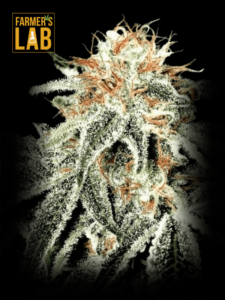
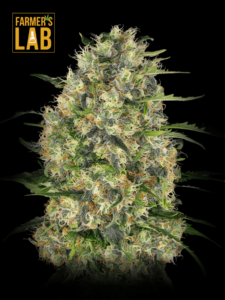
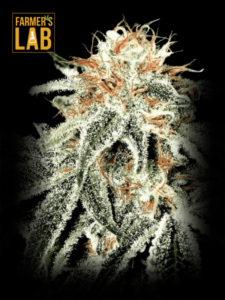
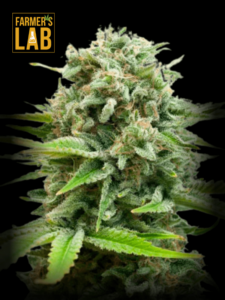
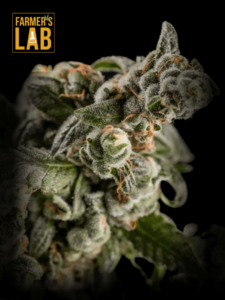

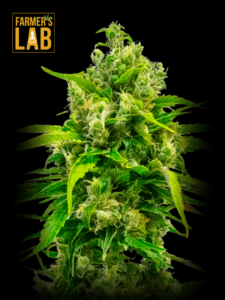
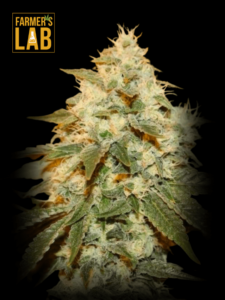


Imagine stepping into a vibrant field of CBD plants, where every leaf and budding flower pulses with potential. This is where the journey of cultivating CBD-rich cannabis begins, offering a path to understanding and harnessing the power of one of nature’s most intriguing plants.
At the heart of cannabis genetics lie two pivotal compounds: Cannabidiol (CBD) and Tetrahydrocannabinol (THC). CBD, celebrated for its non-intoxicating essence, stands in contrast to THC, the molecule behind the cannabis “high.” Cultivators have mastered the art of breeding CBD seeds to elevate CBD content while keeping THC levels under wraps, ensuring a focus on the plant’s versatile uses beyond psychoactivity.
Diving into the genetic blueprint of cannabis unveils a world where cannabinoid content, including CBD and THC, and terpene profiles dictate the plant’s final characteristics. Whether you opt for feminized seeds, which guarantee a crop of flower-producing females, or autoflowering varieties that bloom with time rather than light exposure, understanding the genetic foundation is key to achieving your cultivation goals.
Cannabis strains are traditionally categorized into three groups:
CBD seeds span this spectrum, providing a rich selection to meet diverse cultivation and usage needs, with a shared emphasis on high CBD content.

Embarking on the cultivation journey of CBD plants involves meticulous care and attention to detail through each phase of growth. Here’s a deeper dive into the process, from germination to harvesting, and the exploration of consumption methods:
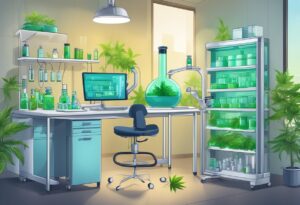
CBD can be consumed through smoking, vaping, edibles, and oils. Each method offers different onset times and duration of effects.
The choice of strain can influence the flavor profile of CBD products, ranging from earthy and herbal to sweet and fruity.
Understanding these nuances and applying best practices can lead to a rewarding cultivation experience, culminating in the production of high-quality CBD products tailored to your preferences.
CBD seeds are a type of cannabis seed rich in Cannabidiol (CBD), a compound known for its unique properties, differing from THC-rich strains.
CBD seeds are specifically bred to produce high levels of CBD while minimizing THC content, catering to users seeking the benefits of CBD without the psychoactive effects of THC.
No, CBD seeds are not designed to induce a psychoactive ‘high’ like THC-rich strains. They are known for their CBD content.
The legality of CBD seeds varies by state. It’s important to check local laws regarding the purchase and cultivation of CBD seeds.
Growing CBD seeds is similar to growing regular cannabis seeds, requiring proper light, water, and nutrient conditions.
Yes, CBD seeds can be cultivated both indoors and outdoors. The choice depends on your climate, space, and control over the growing environment. Indoor cultivation allows for more precise control over factors affecting growth and CBD production.
Legal considerations vary by jurisdiction. Generally, CBD seeds with low THC levels are legal in many regions, but it’s crucial to check local laws regarding cannabis cultivation and CBD production.
Overwatering, nutrient imbalances, and improper lighting are common pitfalls. Research and adherence to strain-specific cultivation guidelines can help avoid these issues.
Yes, CBD seeds grown to full maturity and processed correctly can be used to produce CBD oil, offering a way to utilize the entire plant for CBD extraction.
High CBD seed strains are known for their high CBD content, often accompanied by lower THC levels, and are sought after for their unique properties.
CBD concentrations in CBD seeds can vary, typically ranging from 5% to 26%, depending on the strain.
CBD and THC levels vary significantly across strains, with some strains having high CBD and low THC, and others having a more balanced ratio.
When choosing CBD seeds, consider factors like CBD to THC ratio, growing conditions, and the legal status of cannabis in your area.
Consider your cultivation environment, desired CBD to THC ratio, and the terpene profile you prefer. Research strains that thrive in your growing conditions and meet your personal or commercial objectives.
The maturation time for CBD seeds varies by strain. Indica-dominant strains may mature faster than Sativa-dominant ones. Autoflowering strains typically have a set timeline from germination to harvest, often around 8-10 weeks.
CBD seeds germinate best in warm, moist conditions, ideally between 70-90°F (21-32°C). Using a germination mat can help maintain consistent temperatures.
Focus on optimal growing conditions, including the right soil pH, adequate nutrients, and appropriate lighting. Monitoring plant health and adjusting care as needed can significantly impact CBD production.
Look for reputable seed banks or suppliers with positive reviews and a track record of quality. Consider genetics, CBD to THC ratios, and customer support for cultivation advice.
Drop us a note, send us an email, or join the conversation on our Facebook page and other social channels. We regularly post intriguing, informative, and sometimes humorous content that sparks lively discussions.
Want to stay informed about the latest in the cannabis industry without the hassle of searching? Subscribe to our daily blog. Our in-house editorial team delves into trending topics, offering insights and perspectives.
Opt-in to our weekly newsletter for a concise recap of the dynamic world of cannabis. From marijuana cultivation tips to industry news, we've got you covered.

WE ARE EVERY GROWERS ONE STOP SHOP TO ACQUIRE PREMIUM CANNABIS SEEDS FOR SALE IN THE USA, CANADA AND AUSTRALIA
Farmers Lab Seeds 2024,
All Right Reserved
Seeds are sold as novelty items, souvenirs, and collectibles. They contain 0% THC. We encourage our customers to check the legislation in their Country, State, Province, and Municipality prior to purchasing items from our store. We do not provide growing information.
All seeds are sold as hemp, and lab tested under 0.3% THC. This product is not for use by or sale to persons under the age of 21. This product should be used only as directed on the label. It should not be used if you are pregnant or nursing. Consult with a physician before use if you have a serious medical condition or use prescription medications. A Doctor’s advice should be sought before using this and any supplemental dietary product. All trademarks and copyrights are property of their respective owners and are not affiliated with nor do they endorse this product.
These statements have not been evaluated by the FDA. This product is not intended to diagnose, treat, cure or prevent any disease. Individual weight loss results will vary. By using this site, you agree to follow the Privacy Policy and all Terms & Conditions printed on this site. Void Where Prohibited by Law.